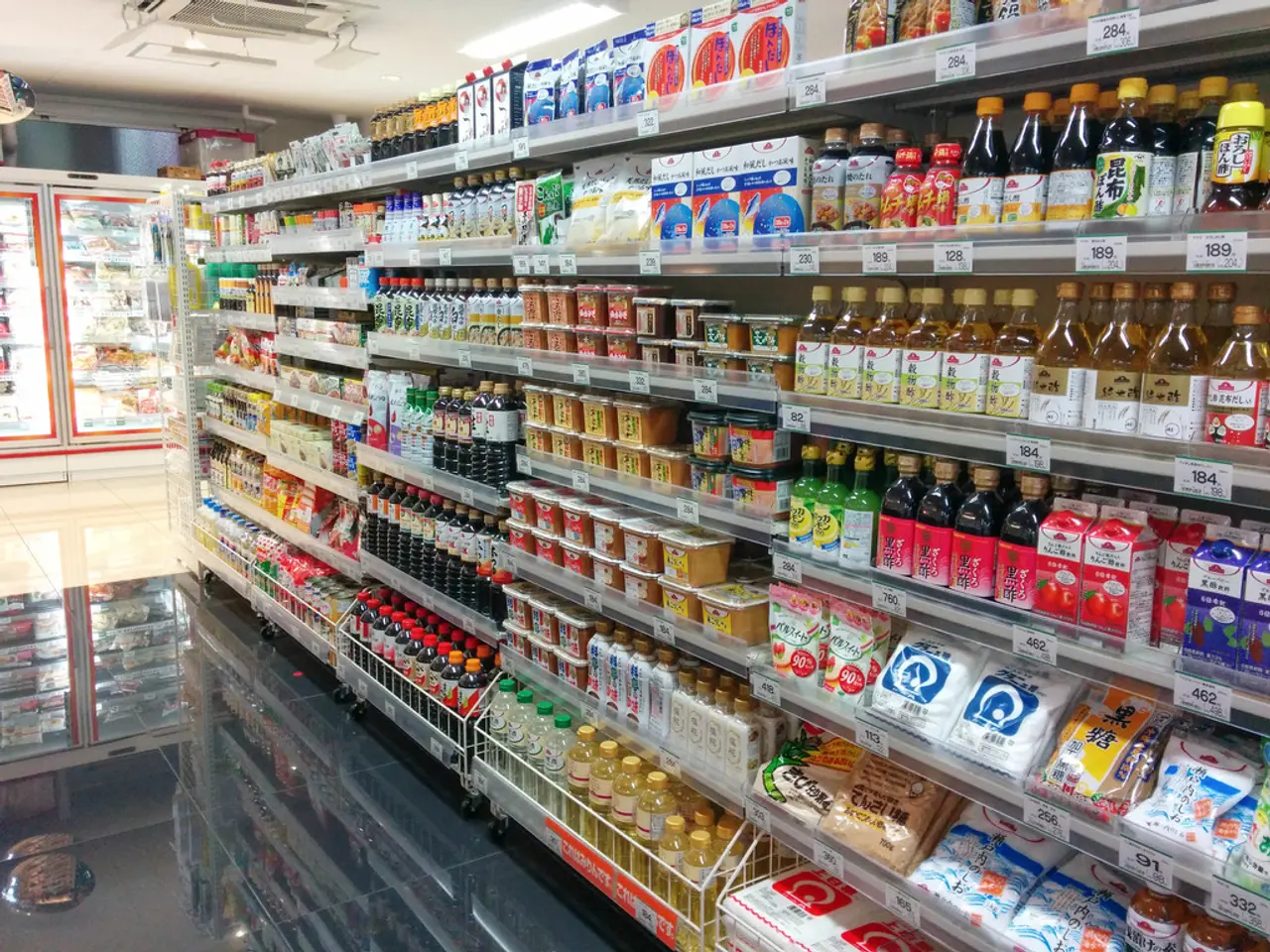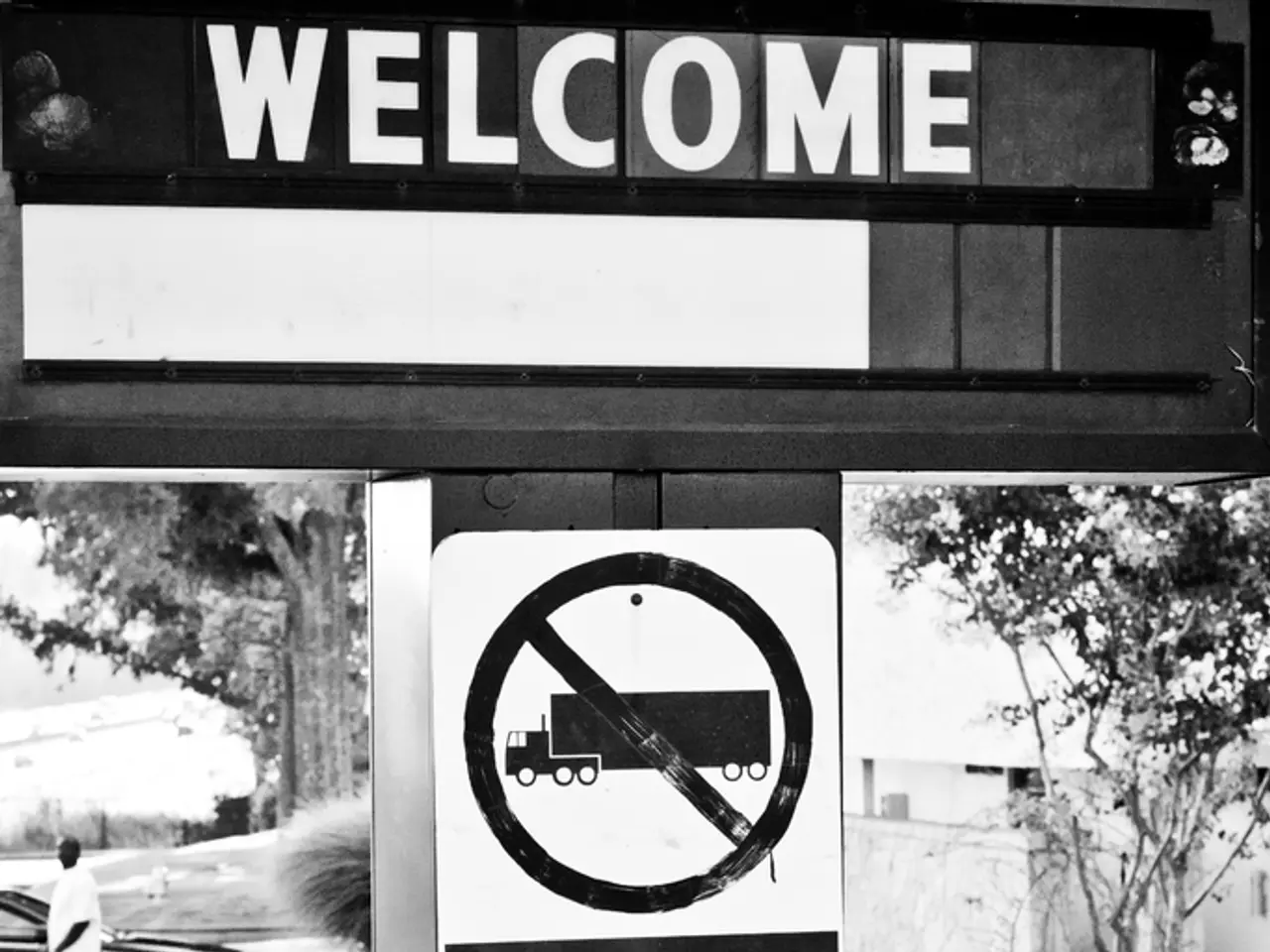Retail Industry's Approach to Tariffs Through Supply Chain Tactics
In the face of escalating tariffs on imports from countries like Canada, Mexico, the European Union, and China, businesses and retailers are adapting their strategies to build resilience and mitigate risks. A recent report by TradeBeyond, titled Managing Tariff Turbulence in Supply Chains, outlines eight key strategies that brands and retailers are employing.
Firstly, companies are diversifying their supplier bases to reduce dependence on any single country affected by tariffs. This strategy aims to spread risk and ensure a steady supply of goods even in the face of tariff challenges.
Secondly, real-time scenario planning is being used to adapt swiftly to changing tariff regulations and trade environments. This approach allows businesses to be agile and respond quickly to tariff changes, ensuring that their strategies remain effective.
Thirdly, tariff engineering is being employed, which involves redesigning products or sourcing components to minimize tariff exposure. An example of this is adjusting the fiber composition of a shirt to reduce its applicable tariff.
Other strategies, while not detailed in the report, likely address inventory management, cost distribution, and supply chain restructuring for long-term adaptation.
Companies must ensure that every product has an HTS code assigned at the item level based on material composition, construction, and intended use for accurate tariff classification. Misclassification can lead to overpayment or regulatory penalties, making regular auditing and staff training essential.
To protect cash flow amid tariff increases, some companies are turning to mechanisms like foreign trade zones (FTZs) and bonded warehouses. These areas allow for the deferral or elimination of tariffs on goods processed or stored within them.
In addition, companies are negotiating capacity-sharing agreements to enable production to shift quickly if necessary. This strategy provides flexibility in the face of tariff changes and allows businesses to maintain a steady supply of goods.
The Trump administration has reinstated tariffs as a key aspect of U.S. trade policy, leading to a rapid increase in trade tensions. As a result, U.S. imports are expected to dip again due to tariff uncertainty, according to the NRF.
The report encourages a long-term strategic adaptation mindset, leveraging diversification, advanced planning, and tariff mitigation tactics to manage ongoing tariff turbulence effectively. By investing in flexibility, transparency, and cross-functional coordination, companies will be best positioned to thrive in the shifting trade landscape.
[1] TradeBeyond Report, Managing Tariff Turbulence in Supply Chains [2] Various sources on foreign trade zones and bonded warehouses
- To mitigate risks and ensure a steady supply of goods in the face of global trade tensions, companies are utilizing tariff engineering, diversifying their supplier bases, and employing real-time scenario planning in their supply chain.
- Companies are adapting their strategies by investigating inventory management techniques, cost distribution methods, and supply chain restructuring for long-term adaptation amidst escalating tariffs.
- To safeguard their cash flow amid tariff increases, businesses are exploring mechanisms like foreign trade zones (FTZs) and bonded warehouses, which offer deferral or elimination of tariffs on goods processed or stored within them.




